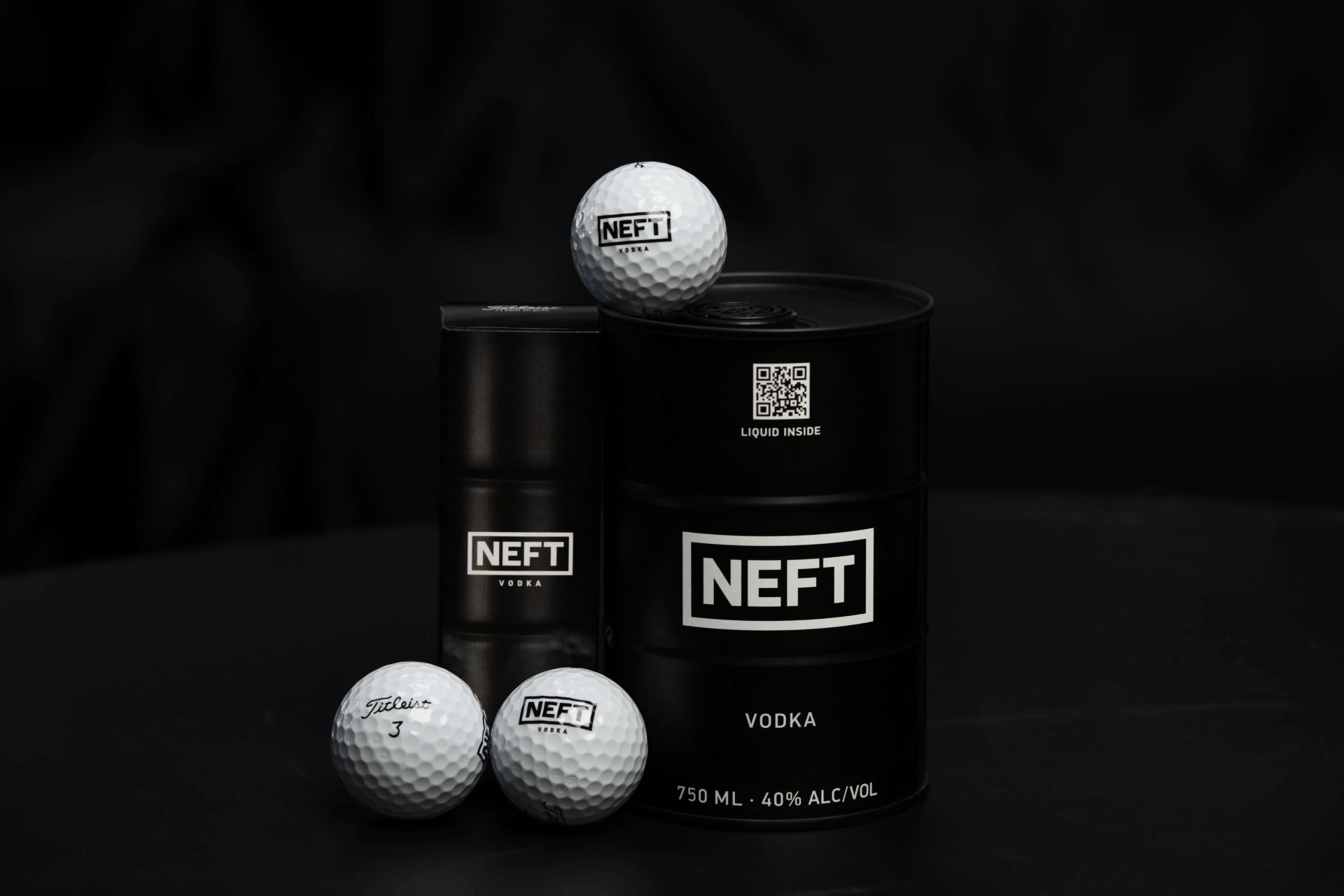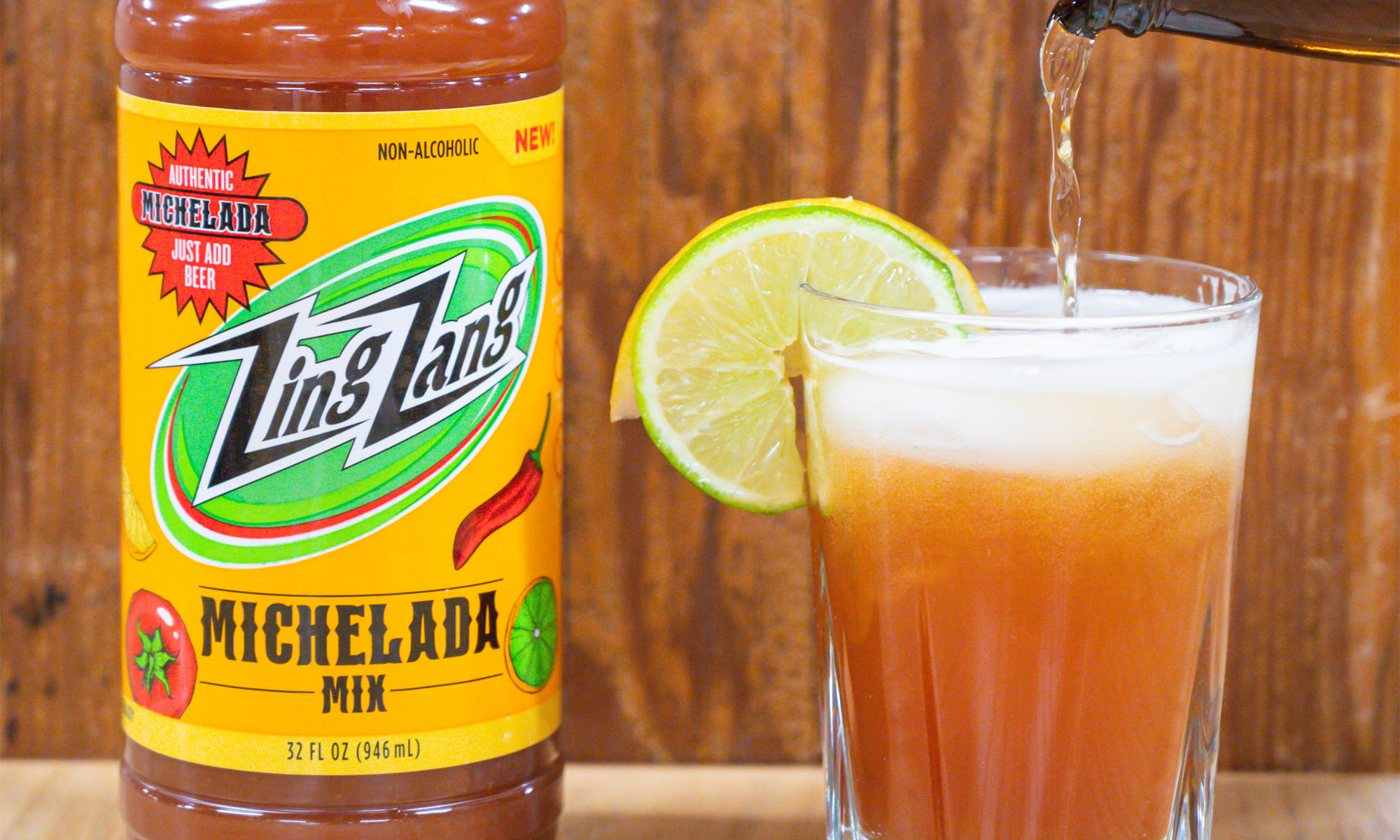How I Learned to Drink Soju Like a Korean
By Marci Gabriel
A former English teacher recalls her first experience with Soju.
I had only been in my apartment in Pusan, South Korea, for an hour when a group of college students and business men knocked on my door. Word had spread already: the new American English teacher had just arrived in town to teach at their language school! After quick introductions, they shepherded me to the soju bar down the street. That evening, my cultural indoctrination began; otherwise known as the critical introduction and training of how to enjoy soju properly. In 1995, and freshly out of college, I knew very little about the fine details of Korean culture, hence the urgency of learning the rules of soju etiquette pronto.

Ingredients for Making Soju
Soju, traditionally made from rice, wheat or barely, is considered Korea’s most popular alcoholic beverage. The clear liquor has an alcohol content ranging from 16.7% to 45% and is typically served in a shot glass. It’s usually served at room temperature, but warm in winter, or infused with cucumber and chilled in summer. Not only is it bought by the bottle, it can be purchased in a box with a straw much like American kid-friendly juice boxes.
Traveling overseas and navigating life in a foreign country by myself didn’t make me uneasy, but my attempts to navigate traditional Korean culture were mind-boggling, uncomfortable, and clumsy. In Korea, establishing social hierarchy creates harmony and peace, as everyone understands and follows the social rules. The society is heavily rooted in a Confucian ethic where everyone has a social ranking depending on factors such as age, gender, and career.
This social ranking pervades every facet of life, including the ritual of drinking soju. But my place in this hierarchy was a little muddled. As a teacher, I normally should have ranked in the highest echelon, except that I wasn’t Korean. It was decided that the oldest a local business man, who called himself Salt, would serve as the leader; I was accepted as an “honorary” senior.
Once seniority was settled, a younger college student served Salt, then me our drinks. The experience of drinking soju is a bit like synchronized swimming, requiring a delicate ballet that navigates the social highway. In the midst of this elegant choreography, I managed to do a full cannon ball by picking up my drink before everyone had been served. A cacophony of language erupted, followed by smiles, and a broken English explanation of my faux pas. Soon, everyone had a full glass of soju, and Salt raised his glass for cheers. Together we all shared a unified drink, each raising a glass and sipping.

Soju in Shot Glass
Soon thereafter, I learned that you never let anyone’s glass become empty. This is considered disrespectful due to lack of observation. “Nunchi,” or instinct, is much revered in Korean culture. If a glass is empty, there has been neglect. The importance of this vigilance has given rise to an inside joke amongst Koreans, helping to break the uncomfortable silence that ensues when this happens. The person with the empty glass will playfully say, “I’m feeling lonely” or “I’m cold.” Then a race to be the first to fill the glass begins, accompanied with a roar of laughter.
That first night at the soju bar, I learned by doing most things the wrong way, and I was respectfully redirected. I learned the etiquette of serving and receiving a drink by always using two hands with hands placed differently to signal different levels of respect. We practiced a lot that night, and somehow, we managed to learn from each other- sometimes with grace, sometimes without. But I will always remember that drinking soju is a quiet, subtle snapshot into the deep rich cultural heritage of Korea. It’s a ritual symbolic of Korea’s Confucianism past which is still thriving in Korean communities, subtly, all over the world today.









